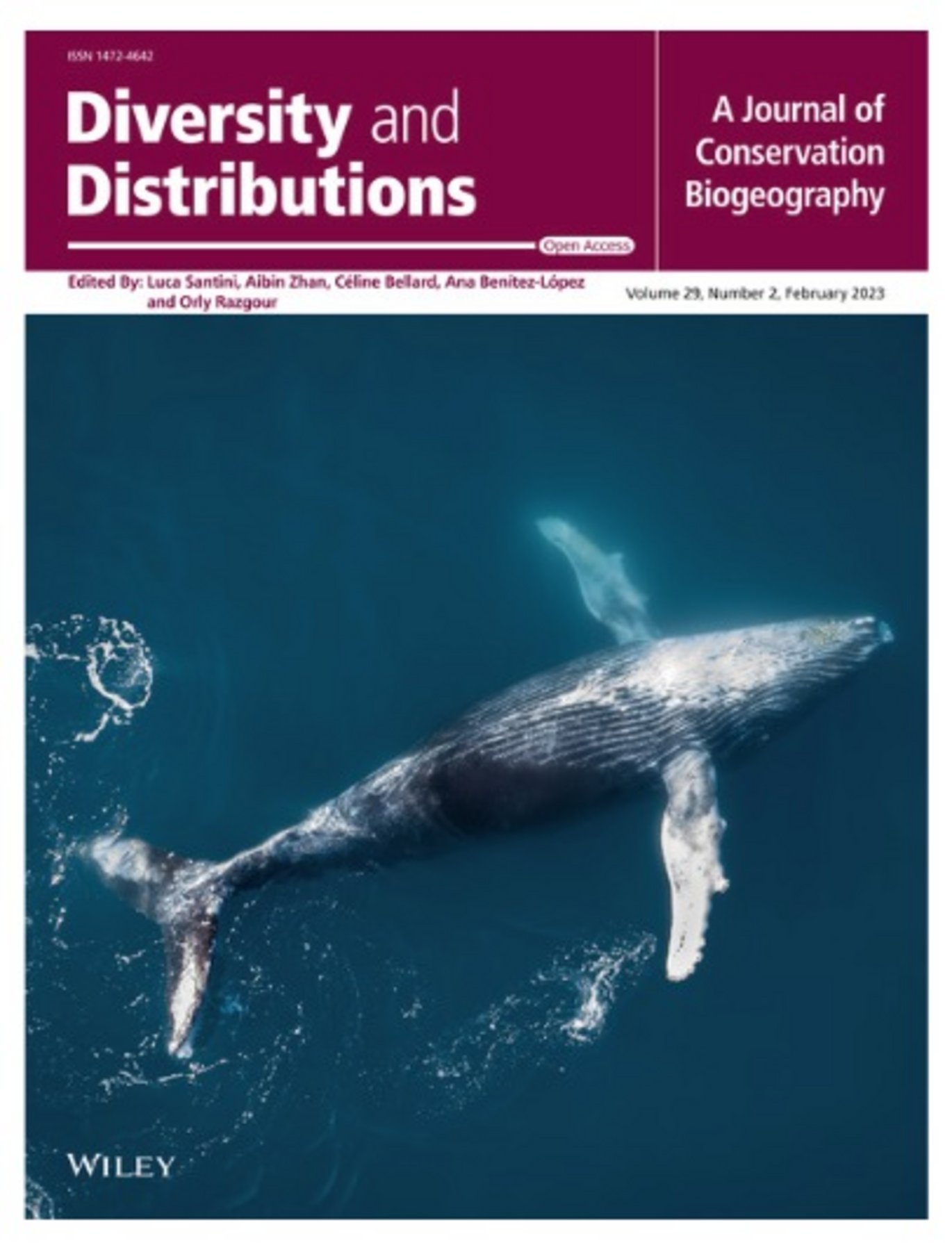Distinct latitudinal community patterns of Arctic marine vertebrates along the East Greenlandic coast detected by environmental DNA
New publication by Mads Reinholdt Jensen, Signe Høgslund, Steen Wilhelm Knudsen, Julius Nielsen, Peter Rask Møller, Søren Rysgaard, Philip Francis Thomsen

Abstract
Aim
Greenland is one of the places on Earth where the effects of climate change are most evident. The retreat of sea ice has made East Greenland more accessible for longer periods during the year. East Greenland fjords have been notoriously difficult to study due to their remoteness, dense sea ice conditions and lack of infrastructure. As a result, biological monitoring across latitudinal gradients is scarce in East Greenland and relies on sporadic research cruises and trawl data from commercial vessels. We here aim to investigate the transition in fish and marine mammal communities from South to Northeast Greenland using environmental DNA (eDNA).
Location
South to Northeast Greenland.
Methods
We investigated the transition in fish and marine mammal communities from South to Northeast Greenland using eDNA metabarcoding of seawater samples. We included both surface and mesopelagic samples, collected over approximately 2400 km waterway distance, by sampling from Cape Farewell to Ella Island in August 2021.
Results
We demonstrate a clear transition in biological communities from south to northeast, with detected fish and mammal species matching known distributions. Samples from the southern areas were dominated by capelin (Mallotus villosus) and redfish (Sebastes), whereas northeastern samples were dominated by polar cod (Boreogadus saida), sculpins (Myoxocephalus) and ringed seal (Pusa hispida). We provide newly generated 12S rRNA barcodes from 87 fish species, bringing the public DNA database closer to full taxonomic coverage for Greenlandic fish species for this locus.
Main Conclusions
Our results demonstrate that eDNA sampling can detect latitudinal shifts in marine biological communities of the Arctic region, which can supplement traditional fish surveys in understanding species distributions and community compositions of marine vertebrates. Importantly, sampling of eDNA can be a feasible approach for detecting northward range expansions in remote areas as climate change progresses.
